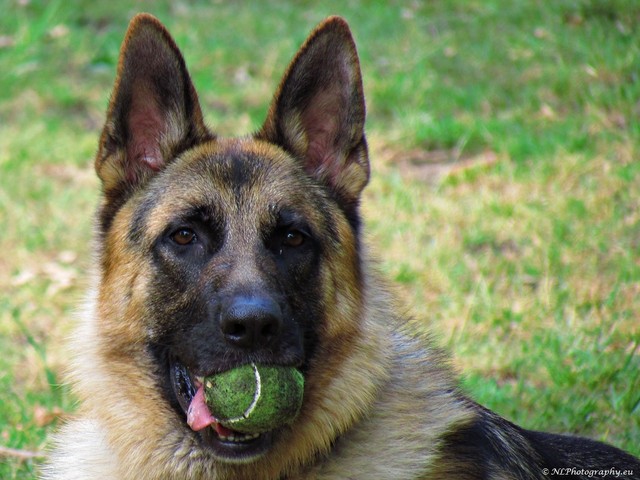That statement seems obvious. But really? Does the toy poodle who is carried on his mother’s arm perform the same athletic feats as the Australian Cattle Dog who herds sheep? Certainly the poodle isn’t chasing from side to side nipping at the rear legs of his prey, but, he does hunker down and chase a ball. And during ball chasing, this cute little poodle may do back flips, hair pin turns, accidentally slam into the couch, or occasionally jam a toe on a stump. Contrast to the cattle dog who sits back on her haunches in a ready position, who jumps from side to side to keep sheep in a tight pack, who darts in to hurry a slow-poke – who may deliver a kick to the dog’s snout, darts up front the turn the group, drops back to watch and the herd moves together, then leaps in the air at the end to catch a Frisbee as reward for a job well done.
Both of these dogs move at amazing speeds, perform tight maneuvers, risk injury, and keep on going because that is their job. The injuries can range from tight muscles, to muscle strain, torn cruciate ligaments, jammed toes, tendonitis, bulging disc and sometimes fracture. The dog more likely to be injured is the one whose body is not in balance. An out of balance body is one where the joints do not float freely – we’ve all had those days – wake up in the morning with a stiff neck or a bit of a limp from a small fall the day before. The difference is we take it easy those days – not our dog companions. Because they are always primed for work (be it ball chasing or climbing the top of the couch), dogs tend to keep working even when something is a little off – just as the pro football player will get back in the game after wrenching his shoulder.
The pro-ball player is able to get back in the game without injury because he has a team of sports health advisers who make sure his body is in balance before he reenters the game. He was checked for muscle function, shoulder joint motion, his spine and neck was examined for mobility, he iced his shoulder, had a deep tissue massage, then jump back in the game. But what happens for most dogs who wrench their shoulder making a hairpin turn chasing a squirrel or catching a bug? Do they have their shoulder and supporting structures treated and manipulated? Or do the shake it off and keep going? In most cases, it is the latter – down the road the problems develop.
Fortunately, there are numerous treatment modalities available for your dog, the athlete. These treatments are quite similar to what the pro-ball player has available: massage, chiropractic, acupuncture, pEMF, therapeutic laser, underwater treadmill and even Acoustic Compression Therapy! Your holistic/integrative veterinarian can provide medication-free therapy to help your pet actually heal and get back in the game.
Dr. Cathy Alinovi DVM
As a practicing veterinarian, Dr. Cathy treated 80% of what walked in the door — not with expensive prescriptions — but with adequate nutrition. Now retired from private practice, her commitment to pets hasn’t waned and she looks forward to impacting many more pet parents through her books, research, speaking and consulting work. Learn more at drcathyvet.com



































Pingback: All Dogs are Athletes – Athletes need Special Treatment for Best Performance | dogosearch.com